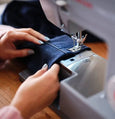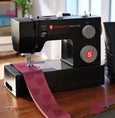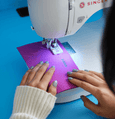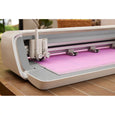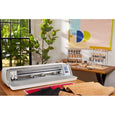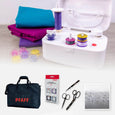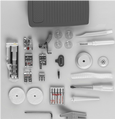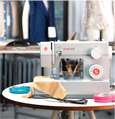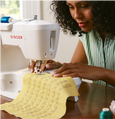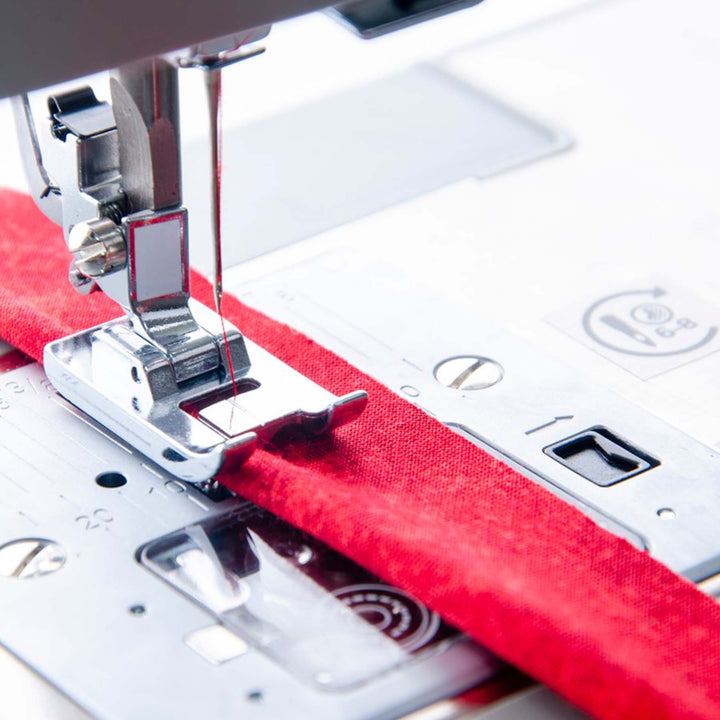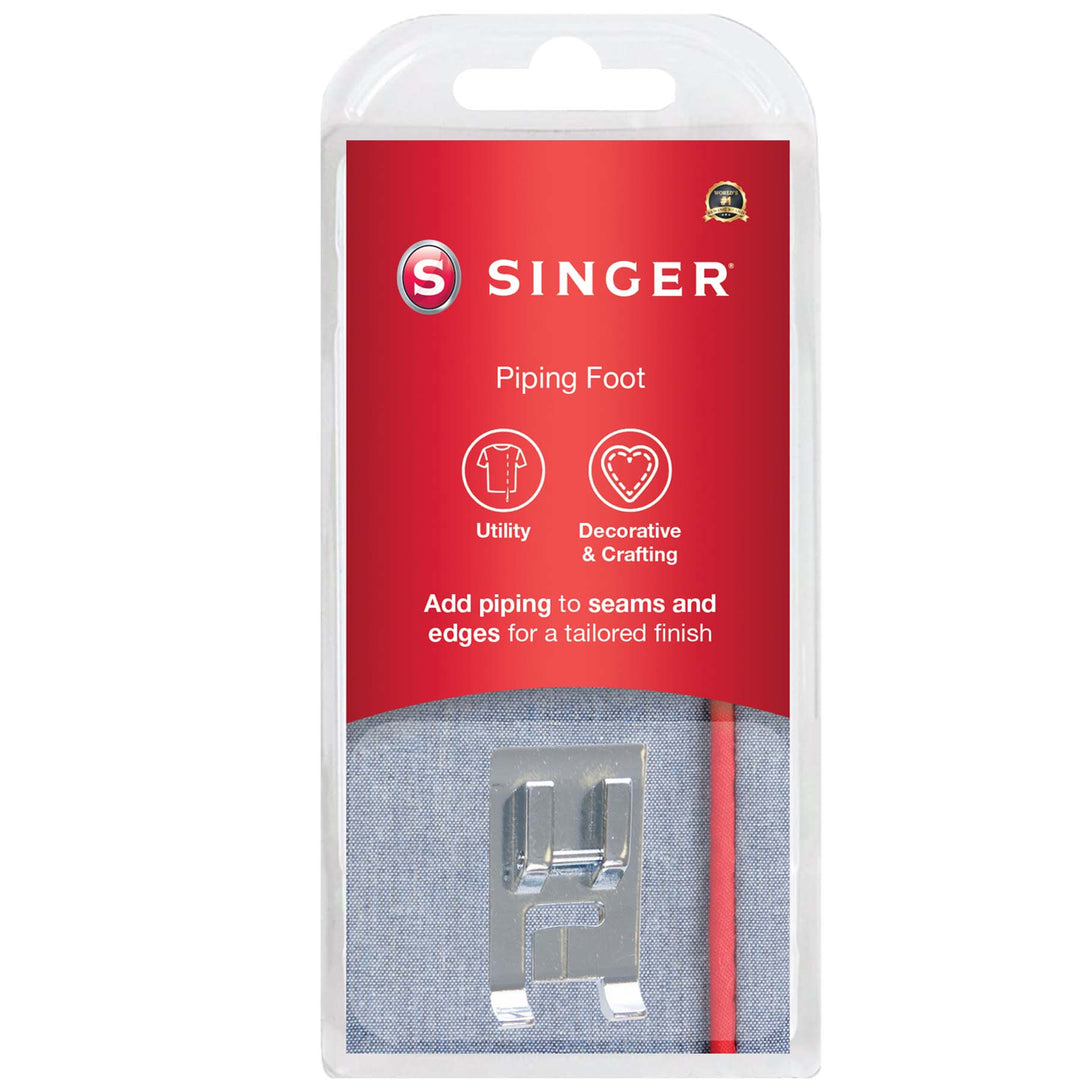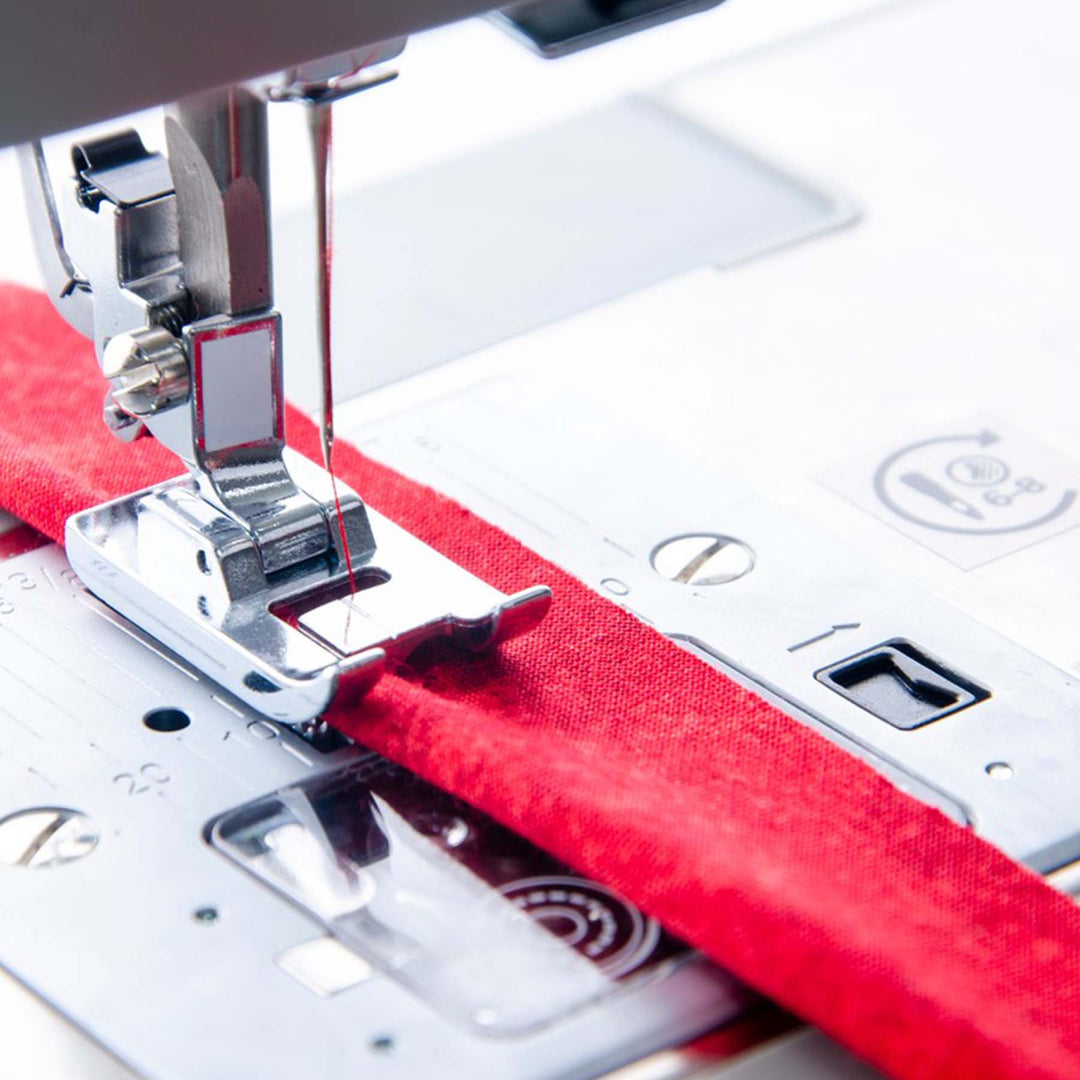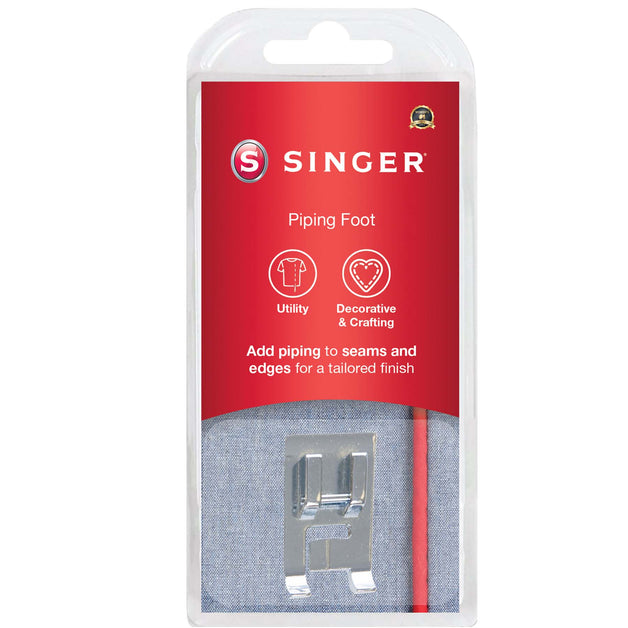The Piping Foot is used to insert packaged piping into seams and edges for a tailored finish. For specialty piping, cord can be covered with fabric. The clear view allows you to see your stitching and piping placement and to see the first row of stitching and adjust your needle position appropriately to stitch next to the original row.
SINGER® Piping Presser Foot
The Piping Foot is used to insert packaged piping into seams and edges for a tailored finish. For specialty piping, cord can be covered with fabric. The clear view allows you to see your stitching and piping placement and to see the first row of stitching and adjust your needle position appropriately to stitch next to the original row.
Machine Compatibility
